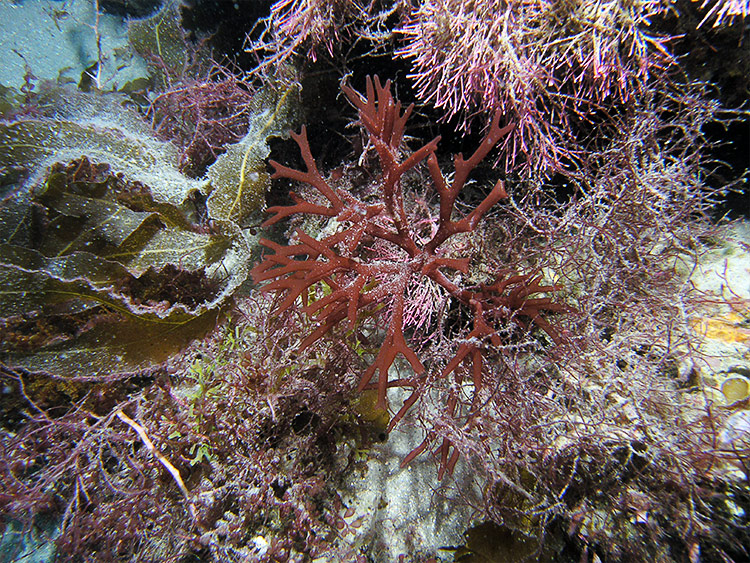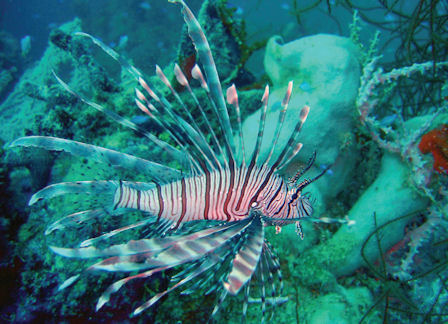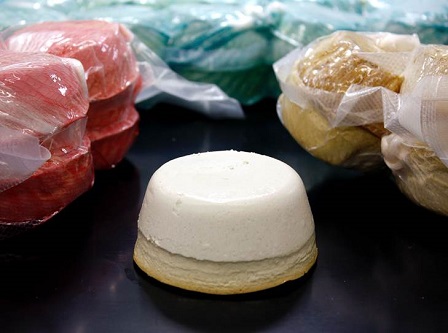SMALL BUT MIGHTY: MINIGRANTS SUPPORT QUICK TURNAROUND, PILOT STUDIES
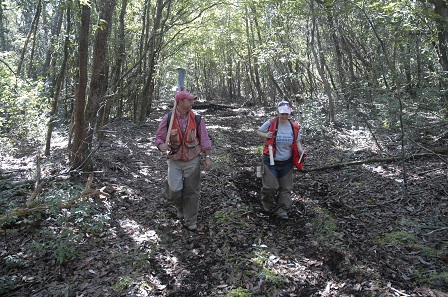
Minigrants are an important part of North Carolina Sea Grant’s funding portfolio. They are rapid-response, seed and starter grants, usually not more than $5,000. They are provided on a limited basis, as funding allows. Applications are accepted on a rolling basis.
The National Sea Grant College Program considers minigrants a best-management practice.
To find out more about minigrants or to apply, go to ncseagrant.ncsu.edu/minigrants.
MINIGRANTS: Fast, Simple, Noteworthy
Since he took up the research reins in January 2014, John Fear, North Carolina Sea Grant deputy director, has continued to expand the minigrant program and to streamline the application process. He shares thoughts about these small awards that make large and lasting impressions on marine research in the state.
Please describe the goals of North Carolina Sea Grant’s minigrant program.
Minigrants provide a rapid and flexible seed-funding mechanism to help investigators acquire preliminary data, explore time-sensitive projects, and conduct projects that do not readily fit into a typical proposal process. This type of project often leads to subsequent funding from other sources. The leveraging of Sea Grant dollars in this way is a priority goal for our program.
From your perspective, how do minigrants fit into Sea Grant’s overall program?
Minigrants are an integral part of our larger program. They allow us to meet new investigators who haven’t worked with us in the past and provide a mechanism for us to fund student research. Also, because of the low investment, minigrants enable us to work with high-risk/high-reward projects that otherwise we wouldn’t be able to fund. Stakeholders often laud the program and especially the projects’ results. During our federal reviews, the National Sea Grant College Program has recognized our minigrant process as a best-management practice, recommending that it should be emulated across the 33 Sea Grant programs nationwide.
What is your idea of a good minigrant? Do you have any tips — or warnings —for potential applicants?
Great minigrants provide for student research opportunities, have a clear research question, include outreach and applied results, and include the potential for leveraged next steps. Pitfalls of bad projects include requests for projects focused only on monitoring; proposals to extend ongoing efforts because the initial funding has run out; and efforts that do not have an identified end-user group.
What changes, if any, have you implemented in the minigrant program?
The main change is the enhancement of the review process before we make our funding decision. Despite these being low-cost projects, they still must be peer reviewed to abide by the National Oceanic and Atmospheric Administration’s federal regulations. Thus, all projects are reviewed internally by a Sea Grant staff member and one or two external peer reviewers. In this way, we attempt to ensure that all the work we support is of high quality and likely to be successful.
Minigrants don’t offer a lot of money, yet there’s no shortage of applications. Why?
The speed with which we can provide a funding decision — usually about one month — is very attractive to applicants. Also, many researchers appreciate the ease of the application process. It is only a three-page form. Finally, while $5,000 may not seem like much, it is a perfect amount of money to test a new idea and/or support a student for a summer research project.
What are some examples of impacts of recent projects?
An overall impact is additional funding leveraged by minigrants results. With initial proofs of concepts in hand, the researchers have expanded their work with investments from agencies such as the National Science Foundation, NOAA, and the N.C. Division of Marine Fisheries, as well as from individual universities.
For example, our researchers had recent data on sharks in our coastal waters — key information when communities were responding to a series of shark bites in summer 2015.
Another team developed an enhancement plan for a Hyde County farm that included pumping systems to redirect agriculture drainage water through a restoration area in order to remove nutrients before the water reaches the Pamlico Sound.
And yet another project provided a new electronic book, Common Marine Invertebrates of Beaufort N.C. It supplements an invertebrate collection at the new N.C. Museum of Natural Sciences site in Whiteville and Duke University’s new DNA-barcoded collection.
You often recommend projects that you feel will make good Coastwatch articles, including three minigrants that are described following this Q&A. Why did you think each is worth a story?
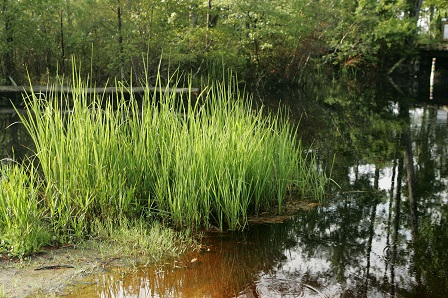
The three projects show different aspects of successful minigrants. We provided seed funding for Kepley Biosystems, Inc. to conduct a pilot study on their alternative crab bait. The company has since received additional state and federal funding to pursue their formulation of their bait. That work highlights a collaboration with industry and also the importance of these awards to leveraged funding.
The Atlantic sea nettles research with East Carolina University highlights the ability of these projects to support student research and the time-sensitive nature of projects, such as fitting into fieldwork windows. The work also is relevant to the state, given the current focus on shoreline stabilization in the N.C. Department of Environmental Quality.
In another project, researchers at the University of North Carolina Wilmington found and identified several species of tropical seaweeds and related toxic microalgae in North Carolina waters. The study provides a baseline against which we can track climate-induced changes in the toxin-producing algal community, which has implications for the state’s safe and sustainable seafood supply. This project had a federal partner from NOAA’s Center for Coastal Fisheries and Habitat Research< in Beaufort.
What is on the horizon for the program’s research funding portfolio? Are there any new grants or fellowships coming up?
We will continue to offer minigrants. The protocol may change slightly in response to new federal grant requirements. In addition, we will continue our efforts to increase student opportunities. We are excited about a new partnership with the Kenan Institute for Engineering, Technology and Science at North Carolina State University. It builds on the success of our minigrant program, as well as that of the N.C. Fishery Resource Grant Program and N.C. Blue Crab and Shellfish Research Program. Go to page 37 for more about this opportunity.
Besides the three minigrants that are described following this Q&A, find additional examples in this issue: the box on the cape shark sensory panel on page 27 and the Local Catch story on page 34.
Read the three other stories in this series
- Jellyfish in Bloom: Are Humans Contributing to Local Populations?
Scientists test Atlantic sea nettles’ preference for man-made and natural surfaces. - Fishing for Funding
A minigrant helped a North Carolina business test an alternative crab bait. - Algae Patrol: Documenting a Changing Community
A researcher examines the arrival of tropical species.
This article was published in the Holiday 2015 issue of Coastwatch.
For contact information and reprint requests, visit ncseagrant.ncsu.edu/coastwatch/contact/.
- Categories:
